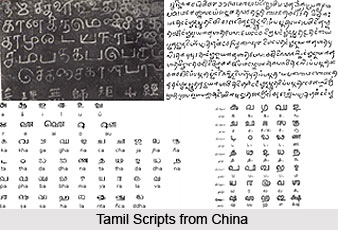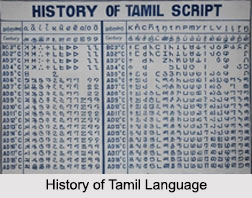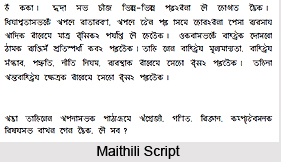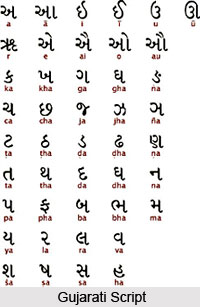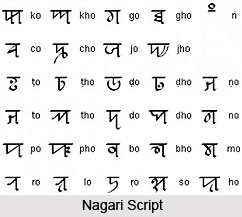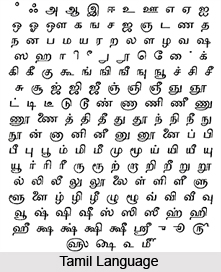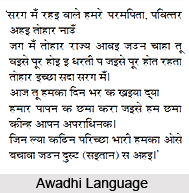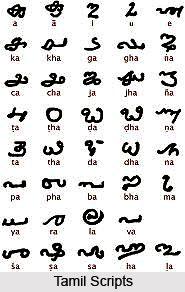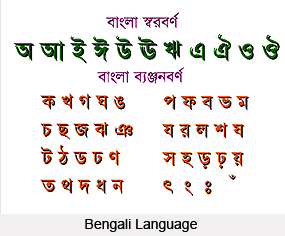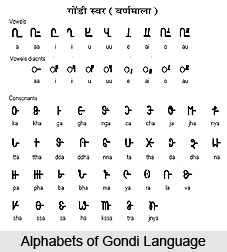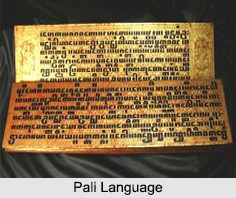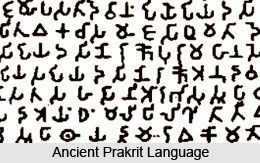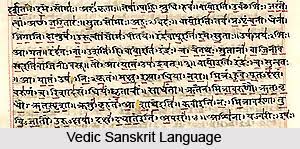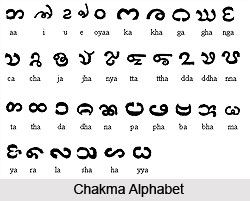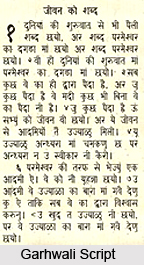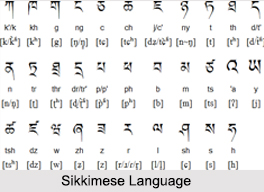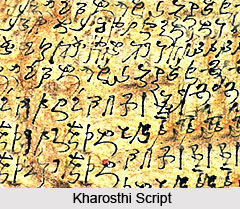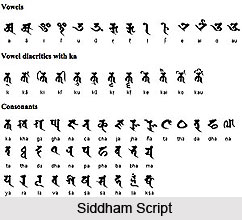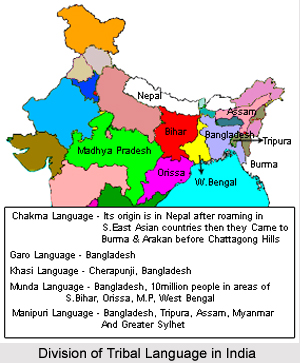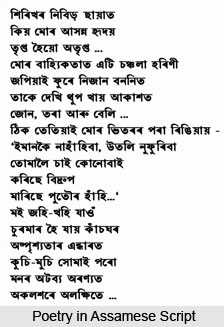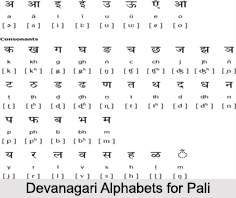 Pali Language is regarded as a cardinal ancient language of India, belonging to the Middle Indo-Aryan language or Prakrit of India. It is acknowledged as the language of the earliest surviving Buddhist scriptures, as compiled in the Pali Canon or Tripitaka and as the liturgical language of Theravada Buddhism. Pronunciation in Pali is similar to that of Sanskrit. The vowels a, i, u are short and e and o are only long when they stand before a single consonant. When the vowels stand before two consonants then they are pronounced short but are long metri caused. Consonants are pronounced with corresponding nasal sounds. These are organised according to their place of articulation, beginning with the gutturals pronounced at the back of the mouth, and ending with those articulated on the lips.
Pali Language is regarded as a cardinal ancient language of India, belonging to the Middle Indo-Aryan language or Prakrit of India. It is acknowledged as the language of the earliest surviving Buddhist scriptures, as compiled in the Pali Canon or Tripitaka and as the liturgical language of Theravada Buddhism. Pronunciation in Pali is similar to that of Sanskrit. The vowels a, i, u are short and e and o are only long when they stand before a single consonant. When the vowels stand before two consonants then they are pronounced short but are long metri caused. Consonants are pronounced with corresponding nasal sounds. These are organised according to their place of articulation, beginning with the gutturals pronounced at the back of the mouth, and ending with those articulated on the lips.
Difficulties for Indefinite Consonants
There are mainly five difficulties with the indefinite consonants and they may occur because of not being familiar with Indian languages. Unlike English, the vowel system in Pali is very precise. It is important to distinguish the lengths of the vowels correctly. For example, in Pali "a" is a negative prefix and "ā" is much intensed; so "ananda" means unhappy here and "ānanda" means very happy. In Pali, "ta", "tha", "da" and "dha" are pronounced with the tongue behind the dental ridge by giving a hollow sound. In English, "ta" and "da" are about halfway between the two. Nasal sounds are distinguished according to their place of articulation. And this causes certain problems when there is nasal conjunction with one of its corresponding consonants.
Guideline for Proper Pronunciations in pali
Below is a guide given for the proper pronunciation in Pali based on the logic given above:
•a - It is short as in another or academic.
•ā - It is long as in art or father.
•I - It is short as in ink or pin.
•ī - It is long as in eel or seal.
•u - It is short as in utter or under.
•ū - It is long as in prudent or do.
•E - It is long in open syllables as in age, but before a conjunct consonant it is short as in end.
•It is long in open syllables as in own, but before a conjunct consonant it is short as in orange.
•(U+1E41) - It is pure nasal sounded through the nose.
•k - It is as in cat or keen.
•kh - It is somewhat as in blackheath.
•g - It is as in gadfly or gate.
•gh - It is somewhat as in log house.
•(U+1E45) - It is as in bank.
•c - It is as in change or church.
•ch - It is somewhat as in witch hazel.
•j - It is as in jet or jaw.
•jh - It is somewhat as in sledge hammer.
•ñ - It is as in canyon.
